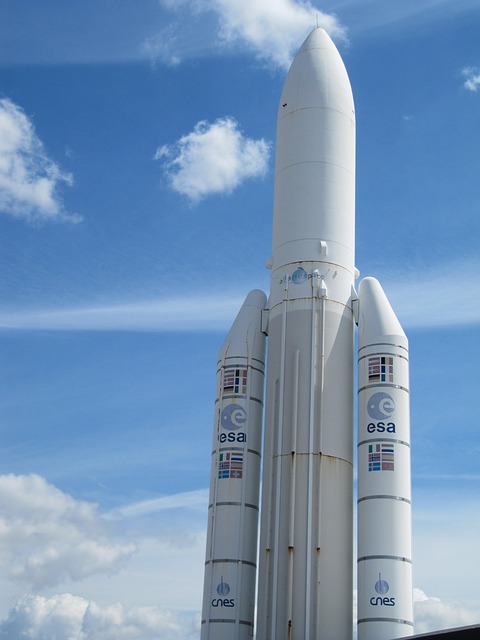Aerospace Engineering Degree: Curriculum, Skills, and Career Paths
An aerospace engineering degree prepares students to design, test, and improve vehicles that fly within the atmosphere and beyond. Programs combine theoretical courses in mathematics and physics with applied labs, computer modeling, and project work. Students learn about structures, propulsion, controls, and materials, building a foundation that applies to airplane and spacecraft design as well as related sectors such as defense, manufacturing, and research.

Airplane-focused study areas
Many aerospace programs include modules specifically devoted to airplane aerodynamics, flight mechanics, and systems integration. These courses examine lift and drag, stability and control, and the trade-offs involved in weight, range, and fuel efficiency. Students often use computational fluid dynamics (CFD) tools and wind-tunnel data to analyze wing shapes and performance envelopes.
Hands-on projects can involve designing small-scale aircraft or working with remote-controlled prototypes. Coursework emphasizes certification standards, safety factors, and real-world constraints that engineers must consider when moving from a conceptual design to a manufacturable airplane.
Aircraft systems and hands-on labs
Learning about aircraft systems covers propulsion, avionics, hydraulics, and structural design. Laboratory work gives students experience with engine testing, instrumentation, and system integration, reinforcing theoretical principles with practical diagnostics and data interpretation. Faculty often collaborate with industry to provide case studies and equipment access.
Capstone or senior design projects are common and require teams to deliver a systems-level solution, from requirements and trade studies to prototype testing. These experiences mirror industry workflows and prepare graduates to contribute to multidisciplinary engineering teams working on modern aircraft.
Spacecraft design and orbital concepts
Spacecraft coursework introduces orbital mechanics, spacecraft systems, thermal control, and mission design. Students study how propulsion, attitude control, and communication systems must be adapted for vacuum, radiation, and long-duration operation. Laboratory assignments and mission-design exercises give practical insight into constraints such as delta-v budgets and payload mass fractions.
Programs may include satellite design projects or collaborations with space agencies and small-satellite labs. These experiences teach students how to evaluate mission risk, reliability, and cost trade-offs for spacecraft intended for scientific, commercial, or exploratory missions.
Core engineering skills developed
An aerospace engineering degree develops a rigorous set of analytical and practical skills. Students gain proficiency in mathematics, fluid and structural mechanics, thermodynamics, and control theory, combined with software tools for simulation and design. Problem-solving, systems thinking, and the ability to interpret experimental data are emphasized throughout the curriculum.
Communication and project management skills are also cultivated through team projects and technical reporting. Employers look for engineers who can bridge computational analysis with hands-on testing and who understand regulatory and certification processes relevant to aircraft and spacecraft development.
Education pathways and career outcomes
Typical pathways begin with a bachelor’s degree in aerospace engineering or a related field; many roles also value internships, co-op experience, or undergraduate research. Graduate degrees (MS or PhD) are common for advanced roles in research, propulsion, materials, or autonomous systems. Some graduates pursue professional engineering licensure, particularly when working on certified aircraft systems in regulatory contexts.
Career options include design and analysis roles at aerospace manufacturers, systems integration for avionics firms, satellite and launch companies, defense contractors, research labs, and regulatory agencies. Positions can focus on airplane or spacecraft systems, testing, simulation, or project engineering, and employers often seek candidates with both classroom knowledge and hands-on lab experience.
Conclusion
An aerospace engineering degree offers a structured combination of theoretical foundations and applied experience tailored to airplane, aircraft, and spacecraft technologies. The curriculum builds core engineering skills, familiarizes students with systems-level thinking and testing, and provides pathways into industry, research, and advanced study. Prospective students should weigh program emphasis, lab opportunities, and real-world project exposure when choosing an education route that aligns with their interests.






